
Report
Changes in U.S. Family Finances from 2010 to 2013
Evidence from the Survey of Consumer Finances
Federal Reserve Board,
2014
Read or listen offline
Amazon Kindle
résumé audio créé automatiquement
1×
Connectez-vous pour écouter un résumé audio.
résumé audio créé automatiquement
Recommendation
The Federal Reserve surveys US households on their finances and credit conditions every three years to gauge Americans’ economic health. Plowing through the morass of analytics, charts and tables in this latest edition, released in late 2014, is not easy, but it is revealing: Years after the financial crisis, the top of the heap is gaining, the bottom of the pile is losing and those in the vast middle are going nowhere. getAbstract suggests this statistics-laden report to analysts and policy makers who are intrigued by the troubling income and wealth accumulation trends it uncovers.
Summary
About the Authors
The authors work in the division of research and statistics at the Federal Reserve Board.
By the same authors
Learners who read this summary also read
Report
Article







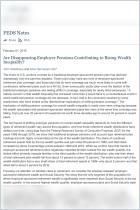
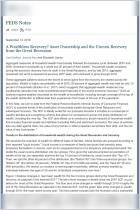
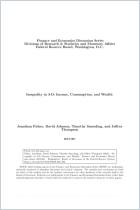
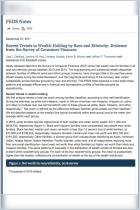
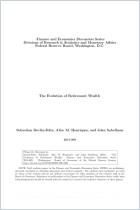


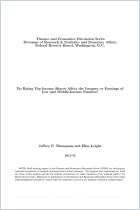
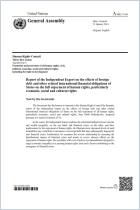
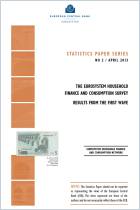
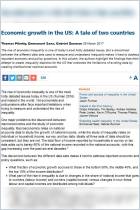


Comment on this summary or Démarrer une discussion